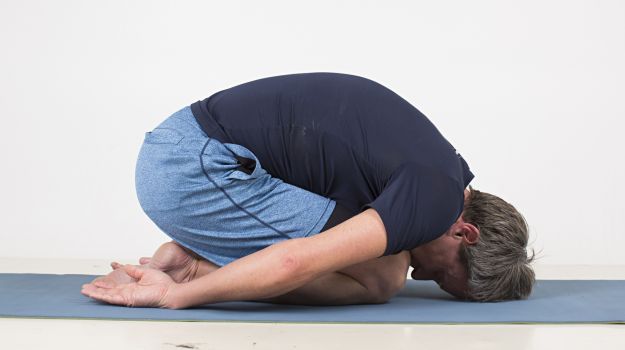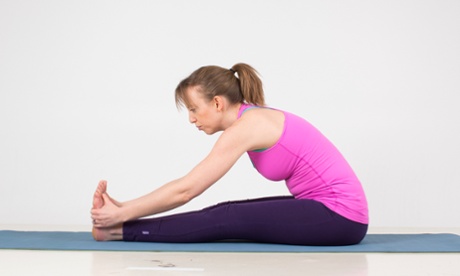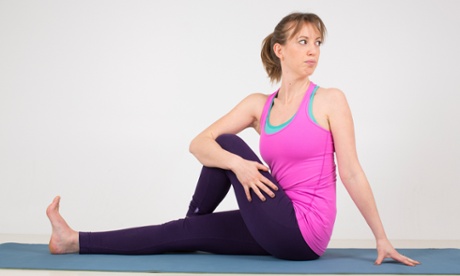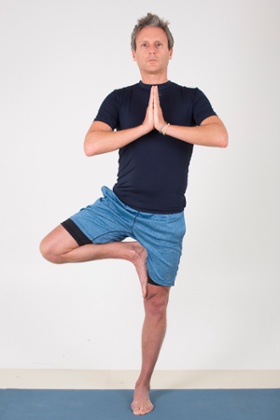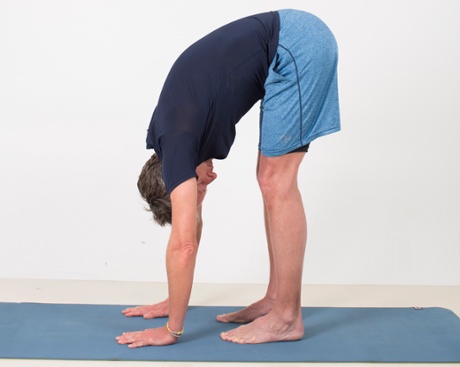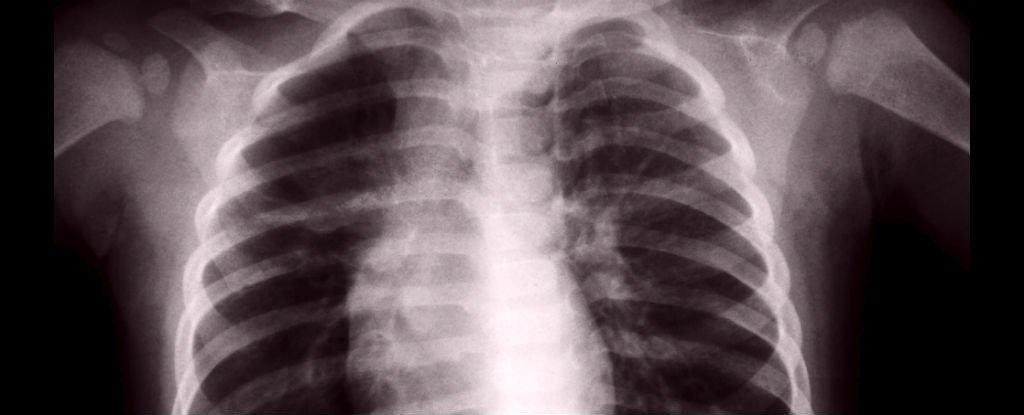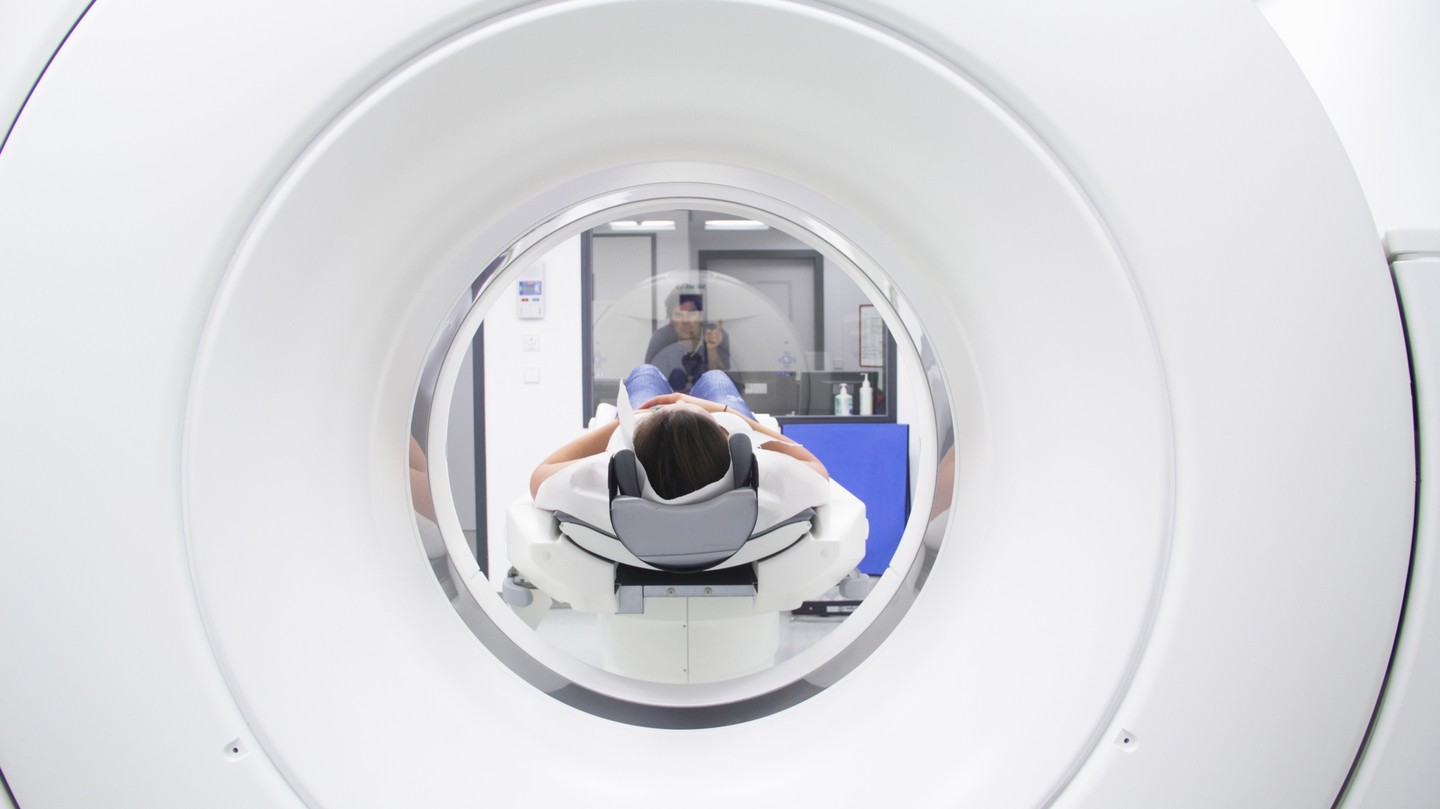CURD - Benefits, How to use & not to use
Compiled from this exceptional blog - http://easyayurveda.com
Dr J V Hebbar MD(Ayu & Dr MS Krishnamurthy MD(Ayu), PhD.
Dr J V Hebbar MD(Ayu & Dr MS Krishnamurthy MD(Ayu), PhD.
Curd is the most commonly used milk product in most part of the world. But classical method of curdling is not carried by few of the people. In fact sour buttermilk or sour curd should be added to the boiled and cooled milk to prepare curd. It is called as ‘souring’.
But few use lemon, tamarind, vinegar, amla juice etc. Even though by these, curdling takes place, there is difference in the quality of curds. They may not be harmful. But true benefit of classical curd cannot be expected from those curds. To get desired quality and hence the benefits, 1:50 ratio buttermilk and milk are to be added.
Curds benefits, Side Effects As Per Ayurveda
Ayurveda, the Indian system of medicine explains curds benefits based on different types of curds. These types are explained as per the taste and method of production. If used wisely curds can be an excellent Ayurvedic home remedy for many health conditions.
General curd benefits: Curd has
Amla rasa – sour taste
Amla paka – undergoes sour taste conversion after digestion
Grahi – absorbent, useful in diarrhoea,
Guru – heavy to digest
Ushna – hot in nature
Vatajit – balances Vata
Increases Meda (fat), Shukra (semen), Bala (strength), Kapha, Raktapitta (bleeding disorders), Agni (digestion strength) and shotha (inflammation).
Rochishnu – increases taste
Useful in
aruchau – useful in anorexia
Vishamajwara – chronic, recurrent fever
Peenasa – rhinitis
Mutrakruchra – dysuria
Grahani – malabsorption syndrome
Curds qualities and benefits:
रोचनं दीपनं वृष्यं स्नेहनं बलवर्धनम्|
पाकेऽम्लमुष्णं वातघ्नं मङ्गल्यं बृंहणं दधि||२२५||
पीनसे चातिसारे च शीतके विषमज्वरे|
अरुचौ मूत्रकृच्छ्रे च कार्श्ये च दधि शस्यते||२२६||
शरद्ग्रीष्मवसन्तेषु प्रायशो दधि गर्हितम्|
रक्तपित्तकफोत्थेषु विकारेष्वहितं च तत्||२२७||
rocanaṃ dīpanaṃ vṛṣyaṃ snehanaṃ balavardhanam|
pāke’mlamuṣṇaṃ vātaghnaṃ maṅgalyaṃ bṛṃhaṇaṃ dadhi||225||
pīnase cātisāre ca śītake viṣamajvare|
arucau mūtrakṛcchre ca kārśye ca dadhi śasyate||226||
śaradgrīṣmavasanteṣu prāyaśo dadhi garhitam|
raktapittakaphottheṣu vikāreṣvahitaṃ ca tat||227|| –Charaka Samhita Sutrasthana 27
Curd is
Rochana – improves taste, appetizer
Deepana – improves digestion strength
Vrushya – aphrodisiac
Snehana – imparts oiliness
Balavardhana – improves strength and immunity
Amla Vipaka – Sour taste conversion after digestion
Ushna – hot
Vataghna – Balances Vata
Mangalya – auspicious
Brumhana – improves nourishment
Useful in
Pinasa (rhinitis),
Atisara – diarrhea,
Sheetaka (fever with cold),
Vishamajwara – irregular fever,
Aruchi – Anorexia, lack of interest in food
Mutrakrichra – dysuria, difficulty to pass urine
Karshya – emaciation
It is generally harmful during autumn, summer and spring seasons. It is invariably harmful in diseases caused by the vitiation of blood, Pitta and Kapha.[225-227]
Types of curds according to Ayurveda:
Thick semi formed curds
Sweet curds
Sweet-sour curds
Sour curds
Very sour curds.
The method of preparation of curds is pretty much the same.
Ayurveda, the Indian system of medicine explains curds benefits based on different types of curds. These types are explained as per the taste and method of production. If used wisely curds can be an excellent Ayurvedic home remedy for many health conditions.
General curd benefits: Curd has
Amla rasa – sour taste
Amla paka – undergoes sour taste conversion after digestion
Grahi – absorbent, useful in diarrhoea,
Guru – heavy to digest
Ushna – hot in nature
Vatajit – balances Vata
Increases Meda (fat), Shukra (semen), Bala (strength), Kapha, Raktapitta (bleeding disorders), Agni (digestion strength) and shotha (inflammation).
Rochishnu – increases taste
Useful in
aruchau – useful in anorexia
Vishamajwara – chronic, recurrent fever
Peenasa – rhinitis
Mutrakruchra – dysuria
Grahani – malabsorption syndrome
Curds qualities and benefits:
रोचनं दीपनं वृष्यं स्नेहनं बलवर्धनम्|
पाकेऽम्लमुष्णं वातघ्नं मङ्गल्यं बृंहणं दधि||२२५||
पीनसे चातिसारे च शीतके विषमज्वरे|
अरुचौ मूत्रकृच्छ्रे च कार्श्ये च दधि शस्यते||२२६||
शरद्ग्रीष्मवसन्तेषु प्रायशो दधि गर्हितम्|
रक्तपित्तकफोत्थेषु विकारेष्वहितं च तत्||२२७||
rocanaṃ dīpanaṃ vṛṣyaṃ snehanaṃ balavardhanam|
pāke’mlamuṣṇaṃ vātaghnaṃ maṅgalyaṃ bṛṃhaṇaṃ dadhi||225||
pīnase cātisāre ca śītake viṣamajvare|
arucau mūtrakṛcchre ca kārśye ca dadhi śasyate||226||
śaradgrīṣmavasanteṣu prāyaśo dadhi garhitam|
raktapittakaphottheṣu vikāreṣvahitaṃ ca tat||227|| –Charaka Samhita Sutrasthana 27
Curd is
Rochana – improves taste, appetizer
Deepana – improves digestion strength
Vrushya – aphrodisiac
Snehana – imparts oiliness
Balavardhana – improves strength and immunity
Amla Vipaka – Sour taste conversion after digestion
Ushna – hot
Vataghna – Balances Vata
Mangalya – auspicious
Brumhana – improves nourishment
Useful in
Pinasa (rhinitis),
Atisara – diarrhea,
Sheetaka (fever with cold),
Vishamajwara – irregular fever,
Aruchi – Anorexia, lack of interest in food
Mutrakrichra – dysuria, difficulty to pass urine
Karshya – emaciation
It is generally harmful during autumn, summer and spring seasons. It is invariably harmful in diseases caused by the vitiation of blood, Pitta and Kapha.[225-227]
Types of curds according to Ayurveda:
Thick semi formed curds
Sweet curds
Sweet-sour curds
Sour curds
Very sour curds.
The method of preparation of curds is pretty much the same.
How to make curds?
- During evening time, take 500 ml of boiled and cooled milk in a vessel.
- Take previously made curds – two spoons. add this to the milk and keep it for one night.
- Next day morning, curds is ready.
- If you do not have two spoons of curds, pre-hand, then you can add one spoon of lemon juice to half a glass of milk. then milk curdles. use this curdled milk two table spoons to the 500 ml of milk during evening and keep it for one night. next morning, curds will be ready next day morning.
- If you wish the curds to be sour, then add about three to four table spoons of curds to 500 ml of milk.
- Ayurveda explains different types of curd with different curds benefits.
The sweetness or the sourness of the curds depends on-How old is the curds – Older the curds, more the sourness.
Amount of curds added to the milk during making curds.
Chemically or microscopically there might not be much difference in these types of curds. But according to Ayurveda, different tastes have different effects over the body. Ayurveda considers the physical nature as well as the chemical nature of any food or herbs.
Curds benefits based on types:
Thick semi formed curds: This type of curd is not fully formed and does not has any particular taste. It is not good for consumption. It causes Tridosha imbalance and ill-health.
Sweet curds: It is the sweet and thick curds. It increases body fat and Kapha Dosha. It calms Vata and Kapha. Useful in certain blood and Pitta related diseases. It is a natural aphrodisiac.
Sweet-sour curds: Its qualities are similar to that of sweet curds.
Sour curds:It increases digestive fire, hot in nature and increases Pitta and Kapha.
Very sour curds:It also increases digestive fire, hot in nature and increases Vata and Pitta.
Overall, sweet curds are cold in nature and sour curds is hot in nature and improves appetite.
A few other types of curds and their benefits:
Curds prepared from goat’s milk is an excellent remedy to balance Tridosha. Used in respiratory conditions and to improve digestion.
Curds prepared from Buffalo milk takes a long time for digestion. Increases Kapha and calms Vata and Pitta. It is a natural aphrodisiac.
Curds prepared from fat-free milk is a natural coolant. Improves taste and digestive power. It is useful in digestive problems.
Curds mixed with sugar is an excellent thirst reliever. so also curds mixed with jaggery. It is also an aphrodisiac. It is good for those who wish to become fat.
Note: curds with sugar, on a daily basis is contra indicated, in healthy people for long term use.
In disease conditions involving excessive thirst, emaciated and persons seeking aphrodisiac treatment, curds with jaggery or sugar is indicated as part of the treatment.
Benefits of curds are innumerable if prepared and used wisely.
Curd consumption at night? Can You Take Curd At Night?
Curd At Night – Ayurveda explains curd as having sour mixed sweet property and it increase Kapha dosha in the body. The mucus generation is also attributed to the effect of Kapha. During night period, there is natural predominance of Kapha in the body. So, curd consumption at night will further increase kapha leading to many complications.
This is quite similar to exposing yourself to hot Sun in the afternoon hours, which is not recommended, because, afternoon period is naturally Pitta predominant period and sun exposure also increases Pitta.

Whenever there is swelling or inflammation, if curds is taken, it worsens the inflammation.
Note that these properties are attributed to sour curds.
Sour curd should not be consumed by making it hot (ushna).
Curds should not be consumed during night (nishi),
It should also not be consumed during spring and summer seasons.
However, sour curds mixed with soup of green gram, honey, ghee , sugar and amla is helpful in relieving Dysurea (difficulty in urination) and indigestion.
Solution:
Try avoid consuming curd at night. because night is basically Kapha predominant period. thus consuming curd at night is best avoided according to Ayurveda. Curd also increases Pitta. Hence, taking it at night might cause indigestion problem.
If at all you are accustomed to take curd at night, I know that old habits die-hard. so, mix a small pinch of pepper powder to curds and consume. (do not add too much. it may cause burning sensation). You may also try adding fenugreek powder if you can tolerate a slight tinge of bitterness. (but this superb combination will relieve all kinds of stomach pain generated due to indigestion).
Buttermilk is best substitute to curds at night. Buttermilk clears the channel and chucks mucus secretion.
Rules for using curd as mentioned in Charaka Samhita Sutrasthana 7
Sweet curds: It is the sweet and thick curds. It increases body fat and Kapha Dosha. It calms Vata and Kapha. Useful in certain blood and Pitta related diseases. It is a natural aphrodisiac.
Sweet-sour curds: Its qualities are similar to that of sweet curds.
Sour curds:It increases digestive fire, hot in nature and increases Pitta and Kapha.
Very sour curds:It also increases digestive fire, hot in nature and increases Vata and Pitta.
Overall, sweet curds are cold in nature and sour curds is hot in nature and improves appetite.
A few other types of curds and their benefits:
Curds prepared from goat’s milk is an excellent remedy to balance Tridosha. Used in respiratory conditions and to improve digestion.
Curds prepared from Buffalo milk takes a long time for digestion. Increases Kapha and calms Vata and Pitta. It is a natural aphrodisiac.
Curds prepared from fat-free milk is a natural coolant. Improves taste and digestive power. It is useful in digestive problems.
Curds mixed with sugar is an excellent thirst reliever. so also curds mixed with jaggery. It is also an aphrodisiac. It is good for those who wish to become fat.
Note: curds with sugar, on a daily basis is contra indicated, in healthy people for long term use.
In disease conditions involving excessive thirst, emaciated and persons seeking aphrodisiac treatment, curds with jaggery or sugar is indicated as part of the treatment.
Benefits of curds are innumerable if prepared and used wisely.
Curd consumption at night? Can You Take Curd At Night?
Curd At Night – Ayurveda explains curd as having sour mixed sweet property and it increase Kapha dosha in the body. The mucus generation is also attributed to the effect of Kapha. During night period, there is natural predominance of Kapha in the body. So, curd consumption at night will further increase kapha leading to many complications.
This is quite similar to exposing yourself to hot Sun in the afternoon hours, which is not recommended, because, afternoon period is naturally Pitta predominant period and sun exposure also increases Pitta.

Whenever there is swelling or inflammation, if curds is taken, it worsens the inflammation.
Note that these properties are attributed to sour curds.
Sour curd should not be consumed by making it hot (ushna).
Curds should not be consumed during night (nishi),
It should also not be consumed during spring and summer seasons.
However, sour curds mixed with soup of green gram, honey, ghee , sugar and amla is helpful in relieving Dysurea (difficulty in urination) and indigestion.
Solution:
Try avoid consuming curd at night. because night is basically Kapha predominant period. thus consuming curd at night is best avoided according to Ayurveda. Curd also increases Pitta. Hence, taking it at night might cause indigestion problem.
If at all you are accustomed to take curd at night, I know that old habits die-hard. so, mix a small pinch of pepper powder to curds and consume. (do not add too much. it may cause burning sensation). You may also try adding fenugreek powder if you can tolerate a slight tinge of bitterness. (but this superb combination will relieve all kinds of stomach pain generated due to indigestion).
Buttermilk is best substitute to curds at night. Buttermilk clears the channel and chucks mucus secretion.
Rules for using curd as mentioned in Charaka Samhita Sutrasthana 7
# One should not take curd at night;
# If one desires to take curd at night, it can be taken along with ghee, sugar, green gram soup, honey or Amalaka (Amla – Indian Gooseberry.)
# It should not be taken hot.
# If one does not follow these rules he is likely to suffer from diseases like fever, Raktapitta (bleeding disorders), Visarpa(Erysipelas), Kushta (skin diseases), Pandu(Anemia), Bhrama(dizziness) and Kamala (Jaundice).[61-62]
Q: sugar added curd or non sugar added curd. which is better?
# If one desires to take curd at night, it can be taken along with ghee, sugar, green gram soup, honey or Amalaka (Amla – Indian Gooseberry.)
# It should not be taken hot.
# If one does not follow these rules he is likely to suffer from diseases like fever, Raktapitta (bleeding disorders), Visarpa(Erysipelas), Kushta (skin diseases), Pandu(Anemia), Bhrama(dizziness) and Kamala (Jaundice).[61-62]
Q: sugar added curd or non sugar added curd. which is better?
A: If you are taking curds in the morning, then taking curd without sugar is better.
If you are taking curd at night, it is not recommended as per Ayurveda. But having it with little sugar is better, if you cannot resist it.
1. Shower Body Lotion From Curd:
100 ml curd and 4 cowries are taken together in a steel vessel and kept over night. Next day morning, this curd is taken and used while showering.
Useful in eczema.
It cleanses and clears the lesions instantly and quickens the healing process.

2. Curd Energy drink- Simple lassi
200 ml of curd is added with 20 gram of sugar candy and churned well. As per ones desire mango juice or sliced banana also can be added. A pinch or two of cardamom is added to it. – A cup of it is good to take, per day.
3. Anti Diarrheal Remedy With Curd:
50 ml of curd,
1 spoon of lime water,
2-3 gram of table salt and
a pinch of Ajwayin or Hingu(Asafetida) are taken together and mixed well.
This is given to drink to the patients who are suffering from chronic diarrhea followed with Indigestion, loss of appetite, bloating abdomen etc
4. How To Prepare Mouthwash With Curd?
1 spoon honey,
2 spoon of ghee and
4 spoon of curd are taken and mixed thoroughly.
This thick solution is used as mouthwash.
It is useful in in the cases of the mouth ulcers or blisters of the mouth caused due to chicken pox, oral thrush etc. This can be practiced 2-3 times a day.
5. How To Prepare Facepack Using Curd?
20 gram each of fresh and wet turmeric and carrot are taken and pounded well to obtain fine paste. To this 50 ml curd is added and mixed well. This is used as face pack. It enhances complexion and useful to get rid of blackheads.
If you are taking curd at night, it is not recommended as per Ayurveda. But having it with little sugar is better, if you cannot resist it.
1. Shower Body Lotion From Curd:
100 ml curd and 4 cowries are taken together in a steel vessel and kept over night. Next day morning, this curd is taken and used while showering.
Useful in eczema.
It cleanses and clears the lesions instantly and quickens the healing process.

2. Curd Energy drink- Simple lassi
200 ml of curd is added with 20 gram of sugar candy and churned well. As per ones desire mango juice or sliced banana also can be added. A pinch or two of cardamom is added to it. – A cup of it is good to take, per day.
3. Anti Diarrheal Remedy With Curd:
50 ml of curd,
1 spoon of lime water,
2-3 gram of table salt and
a pinch of Ajwayin or Hingu(Asafetida) are taken together and mixed well.
This is given to drink to the patients who are suffering from chronic diarrhea followed with Indigestion, loss of appetite, bloating abdomen etc
4. How To Prepare Mouthwash With Curd?
1 spoon honey,
2 spoon of ghee and
4 spoon of curd are taken and mixed thoroughly.
This thick solution is used as mouthwash.
It is useful in in the cases of the mouth ulcers or blisters of the mouth caused due to chicken pox, oral thrush etc. This can be practiced 2-3 times a day.
5. How To Prepare Facepack Using Curd?
20 gram each of fresh and wet turmeric and carrot are taken and pounded well to obtain fine paste. To this 50 ml curd is added and mixed well. This is used as face pack. It enhances complexion and useful to get rid of blackheads.
